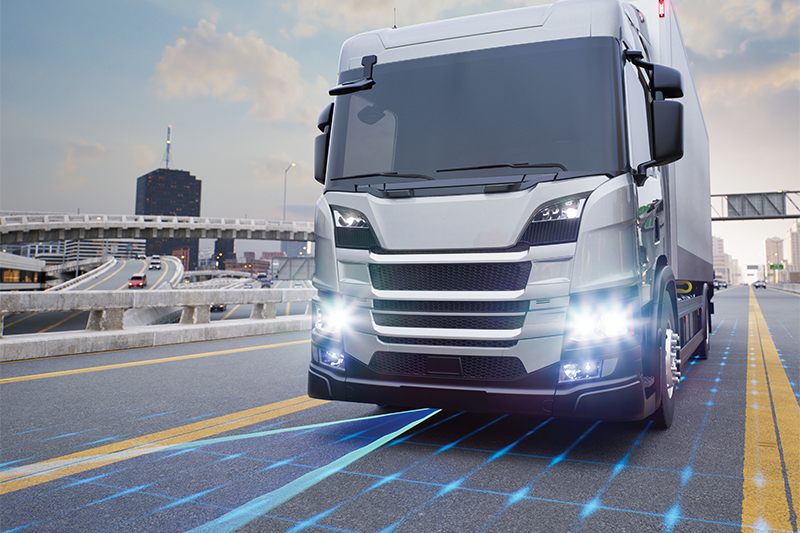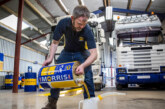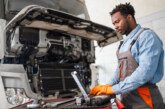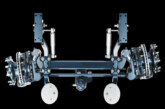What are the top three ADAS trends?

Repairify’s director Martin Brown discusses emerging trends in ADAS for commercial vehicles.
The world of Advanced Driver Assistance Systems is undergoing a rapid transformation, and it is being driven by cutting-edge technologies that are reshaping how commercial vehicles perceive and respond to their surroundings. In response to this everchanging technology, I thought it would be a good idea to discuss the ADAS technology trends I am seeing in the sector.
Passive to active
The first trend is the move from passive systems to active. Traditionally, in the CV sector, the ADAS systems on vehicles have relied heavily on passive systems such as proximity sensors. These sensors have been designed and developed to detect the presence of objects near the vehicle, but they provide very limited insight as to what the object is and the way it is moving. This is leading to passive systems being phased out and replaced with active sensor technology.
These systems are especially useful in cities because they can actively identify and track both stationary and moving objects in real-time. An example of this is that the active system can distinguish between a stationary object such as a bollard, or a cyclist crossing the road, which allows the vehicle to react appropriately, whether that is by alerting the driver or initiating emergency braking. This improved situational awareness significantly reduces the risk of collisions in urban environments.
AI cameras
The second trend we are seeing is the use of AI cameras. These cameras use the AI to continuously learn and adapt to the routes taken by the vehicle and the sites being visited. The system’s continuous learning helps it build an understanding of the environment, which means that it can better anticipate potential hazards as well as changes to traffic patterns and road signs, to name a few.
The AI cameras are an asset to drivers, but they also work in tandem with the radar systems mounted on the front and side of the vehicles. The data that comes from both these systems helps create a detailed map of the vehicle’s surrounding to help provide the driver with an early warning system for potential dangers that could range from a car driving into the vehicle’s blind spot or a worker stepping out onto the road to get from one side of the depot to the other.
Driver facing camera
The final trend is driver facing cameras, which you might have seen on the Ford Mustang Mach-E. This system is a crucial safety feature in both cars and commercial vehicles as it monitors the driver’s alertness and attention in real time.
By using advanced computer vision, the system can detect signs of fatigue such as drooping eyelids or frequent yawning. In addition, if the driver takes their eyes off the road for too long, due to a distraction or drowsiness, the system issues an audible or haptic alert to prompt them to refocus. This proactive approach significantly helps enhance overall road safety.
Staying up to date
ADAS technology is in a constant state of evolution, and it is important that technicians stay up to date with the relevant technology by doing their own research or undergoing the necessary training to ensure they have the requisite knowledge and skills to understand how the systems work and the benefits they deliver.









